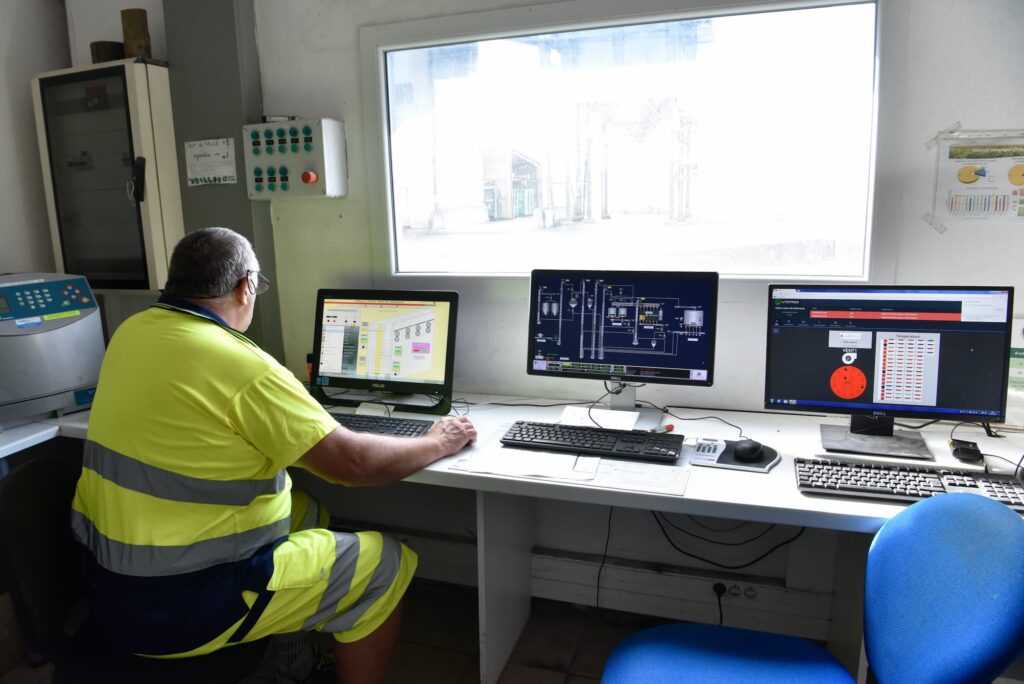Summer is drawing to a close, and with it the start of the harvest for our crop production teams! The quiet countryside is gradually becoming the scene of a ballet of harvesters and tractors. The teams are working in constant shifts (sometimes day and night) and the silos are running at full capacity.
But that’s just it!
How are our teams in the Group’s various silos preparing for the coming harvest?
→ Head to the St-Jean-de-Marsacq silo to find out more about this particular organisation, which actively gets underway around 3 weeks before the start of the harvest.
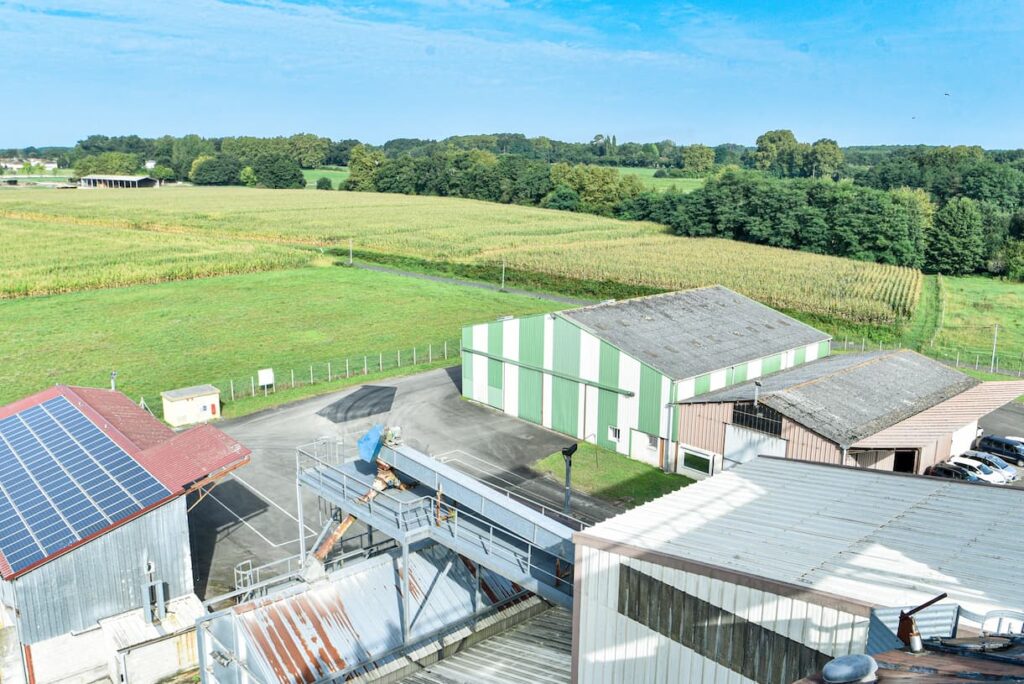
The Saint-Jean silo handles 25,000 tonnes of cereals a year. Its speciality? Waxy Pro (maize for human consumption), which it dries and stores. It’s considered to be ‘a big silo’ in this geographical area,” explains Vincent Reynaud, Operations Manager.
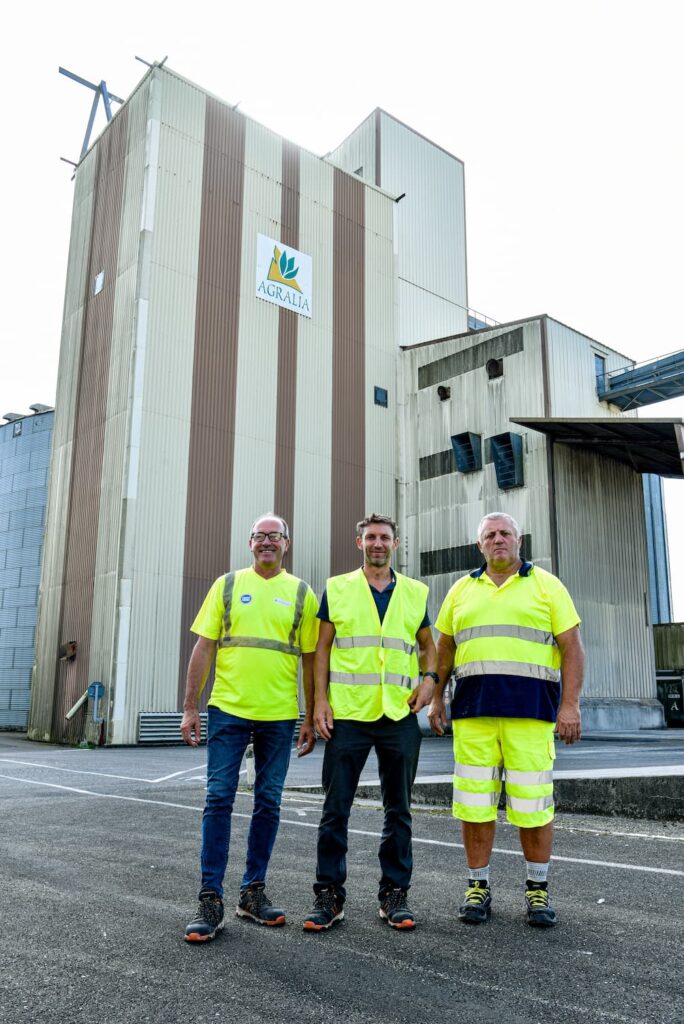
Find a workforce
To understand how the silo works, you need to talk to Didier Narbey or Patrick Couret. And above all, you need to go back in time.
Didier joined the Group in 1985 as assistant silo manager. At the time, there was no dryer and the team consisted of 6 or 7 people. In the 90s, the silo was equipped with a dryer and a gin. Patrick joined the team in 2005 as a storage driver. Their jobs have changed regularly, as the silo’s business has grown. Today, farmers have their grain delivered directly to their homes, and the silos are no longer run independently as they once were.
As a result, there are now just 3 employees year-round, with 7 or 8 seasonal workers in high season, working 2×8 or 3×8 shifts if necessary.
“The business has changed so much that we have to constantly adapt. We [the employees] are more and more versatile,” explains Didier. In fact, Didier and Patrick manage the silo between them, from drying and handling to cleaning and IT. With the arrival of seasonal workers, you also have to know how to manage the teams!
Seasonal workers are a rare commodity. And without them, the silo wouldn’t be able to run at all during collection. During peak periods, the teams are granted an exemption to work 56 hours a week. But even with this extra working time, they obviously can’t run the silo with two people. Finding seasonal workers is therefore a complicated but essential task.
Fortunately, this year, thanks to word-of-mouth, 2 regulars have joined the ranks in addition to the 2 new people recruited recently. Once recruited, they are given a welcome booklet, safety training and an internal forklift operator qualification.
Clean the Silo
Once the workforce has been found, it’s time to start cleaning up.
Cereals from last season may still be in storage, waiting to be picked up by farmers (to feed their livestock) or exported to various customers. The silos (or bushels) and storage areas are therefore all emptied and cleaned to make way for the coming harvest.
Once the areas have been cleared, the sweeping of the tractors and trailers can begin.
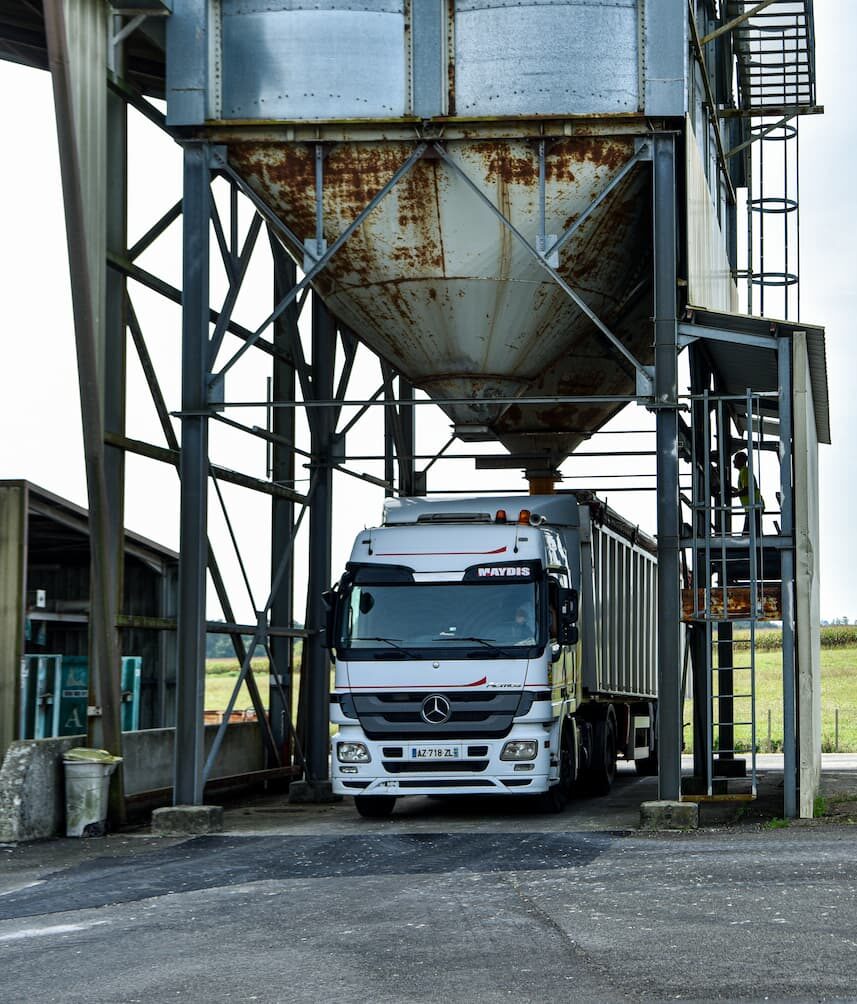
When a farmer arrives at the silo with a full trailer, he is directed to the weighbridge to weigh his load. The weight is recorded and a sample is taken to test the moisture content and impurities (and to check that the variety is indeed the one advertised).
Once these analyses have been carried out, the farmer can unload his load in the area dedicated to this variety.
Of course, depending on the type of cereal, drying is necessary, so some varieties are sent to silos equipped with dryers specific to their type.
At Saint-Jean-de-Marsacq, for example, there is only Waxy pro maize in the dryer.
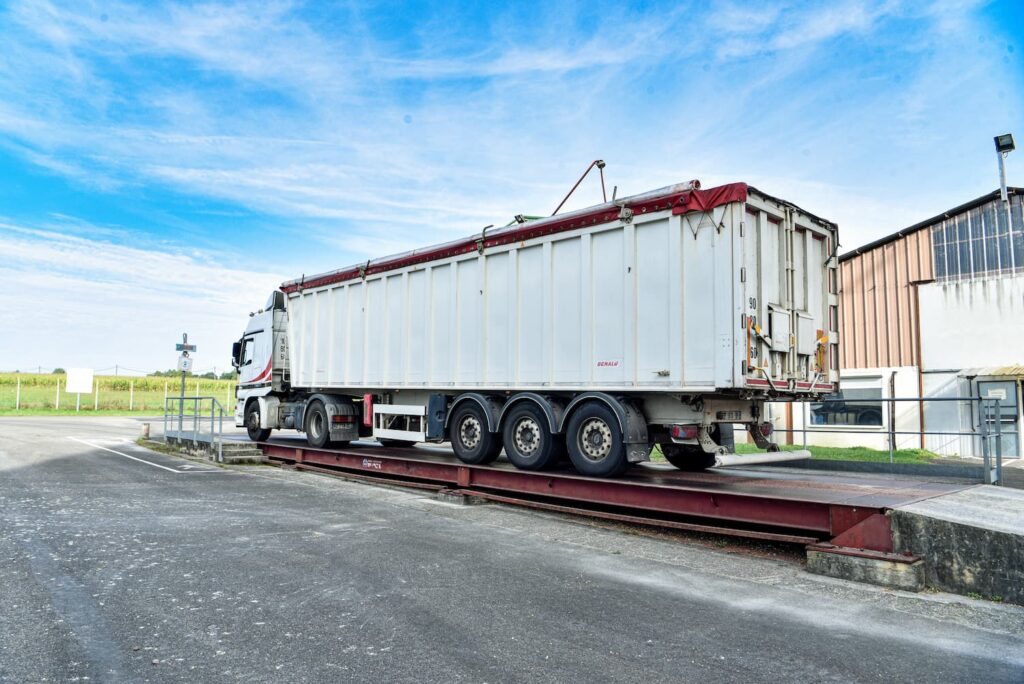
Energy Management
All stocks are managed electronically and can be consulted remotely.
And that’s not all. Energy is also closely monitored.
Given the current energy situation and climate change, the cooperative has a duty to manage its energy efficiently and to plan a policy of energy sobriety adapted to each of its activities.
The silo at Saint-Jean-de-Marsacq is therefore equipped with a range of tools for optimum management in real time: an automatic compressor, variable speed control for cell ventilation (to cool the grain), and a dryer optimised for special maize, which is low-temperature and needs to dry for longer. For several years now, Maïsadour has also been using Provenergie, a 100% in-house software solution that displays data from our silos in real time (gas and electricity consumption, maize moisture, quantity dried, etc.).
This data means that operators can react quickly to adjust the silo dryers, thereby reducing energy consumption.
Of course, the teams are also constantly made aware of the challenges of global warming: learning to consume less at home and at the plant, recycling, reusing, etc.
Climate change doesn’t necessarily have an impact on the way we work, it simply makes the harvest earlier. With a bit of luck, this can reduce the moisture content and therefore the drying time.
